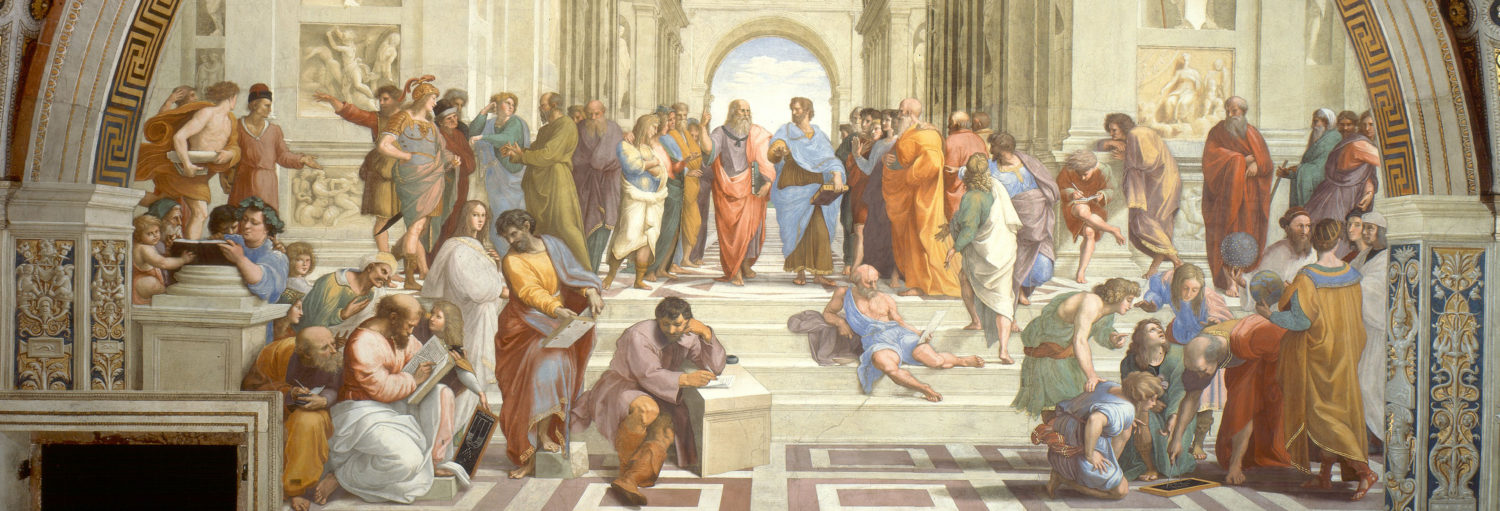
Many years ago the BBC was a world class broadcaster; politically neutral, comedy that was actually funny and unafraid to broadcast high brow content. Unlike today where it is just politically correct, low brow “entertainment”. A panacea for the masses. In the good old days the BBC were unafraid to give us some of the greatest series that television has ever seen. Civilisation: A Personal View by Kenneth Clark had an immense intellectual backbone and covered a huge canvas of knowledge. Jacob Bronowski’s Ascent of Man, just four years later did the same job for science. And in 1980 the BBC broadcast the eight one hour episodes of The Shock of the New, written and presented by Robert Hughes “the most famous art critic in the world”. This panoramic, watchable, insightful series brought an understanding of modern art to tens of millions of people. One of the BBC’s greatest achievements. And now available on YouTube.
The eight episodes:
- Mechanical Paradise – How the development of technology influenced art between 1880 and end of World War I. Cubism and Futurism
Cézanne, Picasso, Braque, Gris, Leger, Delaunay, Marinetti, Boccioni, Balla, Severini, Picabia, Duchamp - The Powers That Be [Shapes of Dissent] – Examining the relationship between modern art and authority. Dada, Constructivism, Futurism, architecture of power
World War I and industrialised death, Exile and intellectuals as a class, Lenin, Tzara, Janco, Arp, Ball, Duchamp, Kirchner, Ernst, Höch, Dix, de Chirico, Hausmann, Grosz, Gabo, Tatlin, Moholy-Nagy, Lissitzky, Rodchenko, Marinetti, Prampolini, Speer, Piacentini, Lincoln Center, Kennedy Center, Albany Mall, Picasso’s Guernica, Tinguely - The Landscape of Pleasure – Examining art’s relationship with the pleasures of nature, and visions of paradise 1870s to 1950s. Impressionism, Post-Impressionism, Fauvism
Fête champêtre, Titian, Giorgione, Jean-Antoine Watteau, Gainsborough, Bourgeoisie, Seurat, Claude Monet, Paul Cézanne, the vivid colours of the South, Paul Gauguin, Andre Derain, Maurice de Vlaminck, Henri Matisse, Pierre Bonnard, Braque, Picasso, late Matisse - Trouble in Utopia – Examining the aspirations and reality of modern architecture. International Style, Art Nouveau, Futurist architecture, urban planning
Johnson, Boullée, Garnier, Chiattone, Sant’Elia, Melnikov, Rodchenko, Leonidov, Sullivan, Labrouste, Berg, Mies, Le Corbusier, Chandigarh, Werkbund exhibition 1927, Bauhaus, Gropius, Behrends, De Stijl, Rietveld, van Duesberg, Mondrian, La Defense, Pruitt–Igoe, Costa, Niemeyer, Brasilia - The Threshold of Liberty – Examining the surrealists’ attempts to make art without restrictions.
May 1968, Breton, Ernst, de Chirico, Böcklin, Ducasse, child art, madness, Rousseau, Cheval, Miro, Gaudi, Dali, flea market, Jean, Brauner, Paalen, Oppenheim, Man Ray, Margritte, de Sade, Catholicism and sexual taboo, Bellmer, Cornell, Pollock, Rothko, Gorky, Hoffmann, 1945 liberation, Christo, Burden, hippies and self-expression, Vietnam War, cult of youth - The View from the Edge [Sublime and Anxious Eye] – A look at those who made visual art from the crags and vistas of their internal world. Expressionism
van Gogh, Munch, Toulouse-Lautrec, Gauguin, Kirchner, Kokoschka, Soutine, Bacon, de Kooning, photographical evidence of the Holocaust, Marc, Klee, Kandinsky, Brancusi, Rothko, Pollock, Motherwell - Culture as Nature – Examining the art that referred to the man-made world which fed off culture itself. Pop art and celebrity
O’Keeffe, Davis, Rauschenberg, Schwitters, Johns, Hamilton, the influence of television, Warhol, Liechtenstein, Rosenquist, Katz, Las Vegas as a single “lousy” artwork, Oldenburg, McLuhan and quantity over quality - The Future That Was [End of Modernity] – The commercialisation of modern art, the decline of modernism, and art without substance. Land art, performance art, and body art
Heizer, MoMA and rich patrons, SoHo and urban renewal, Pompidou Centre and the changing uses of art, da Panicale, art as public discourse, the Salon system, the avantgarde and the bourgeoisie, Courbet, Andre, Judd, public and private, Segal, Kienholz, Frankenthaler, Louis, Noland, Stella, Riley, fashion, the art market, Brisley, Samaras, Rainer, Hockney, Beuys, de Maria
And here they are:
Then 25 years later Robert Hughes made a single, one hour, follow up programme, The New Shock of the New.
